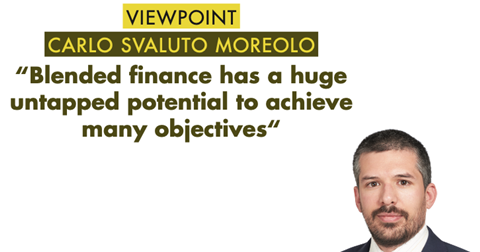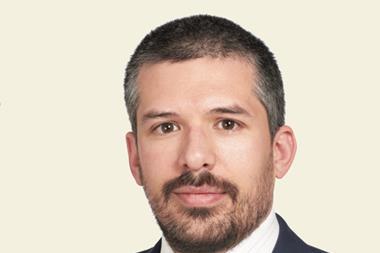It is hard to say whether Friedrich Nietzsche, one of history’s most influential thinkers, would have been a supporter of the United Nations’ Sustainable Development Goals (SDGs) and all that they entail.

But one of his most famous phrases – “when you stare long into an abyss, the abyss also stares into you” – seems a good metaphor to describe the current predicament of the sustainable investment industry.
The spectacular growth of the industry, both in terms of products and assets under management, could be seen as a telling sign that institutional investors are truly concerned about the impact of their investments on the environment and society. Investors have embraced the concept that considering the impact of investment decisions on the environment and society is both a matter of fiduciary duty and investment outcomes.
At the same time, no matter how much money the investment industry puts into sustainability, the urgency and magnitude of efforts required to redirect the economy towards a sustainable path keep growing.
Think of the financing needed to achieve the Sustainable Development Goals (SDGs), which is around $2.5trn (€2.2trn) per year until 2030, netting the impact of Covid-19, and of the lack of commitment by governments towards tackling global warming.
Using Nietzsche’s metaphor, it seems that investors may be staring into an abyss when they consider the need for sustainable investment strategies. Of course, COVID-19 has exacerbated the problem. But there is also a need for an honest discussion about what traditional ESG investing can achieve.
For these reasons, it is puzzling that collaborations between institutional investors and government-funded organisations such as development finance institutions (DFIs) and multilateral development banks (MDBs) are still few and far between.
Blended finance, or the mobilisation of private capital to finance development projects, has huge untapped potential to achieve several objectives. For investors, it can generate decent risk-adjusted returns as well as measurable impacts.
For everyone else, it can contribute to growing the volume and impact of financing towards the SDGs globally, as well as encouraging governments to adopt growth-enhancing policies.
Sceptical investors will contend that blended finance is too complex and that by definition it involves projects that generate returns below market levels. These contentions are not necessarily correct in most cases. Many actors involved in blended finance focus on profit-making projects and are genuinely interested in finding appropriate solutions to attract institutional capital.
Perhaps what is missing is global networks of professionals dedicated to fostering the collaboration between public and private institutional capital. Until DFIs, MDBs, asset managers and institutional investment professionals learn to speak the same language and form such networks, there is little hope for greater engagement.
These networks would also be an ideal platform to push governments to adopt policies that are conducive to greater public-private collaboration.
Carlo Svaluto Moreolo, Deputy Editor,
carlo.svaluto@ipe.com


















No comments yet